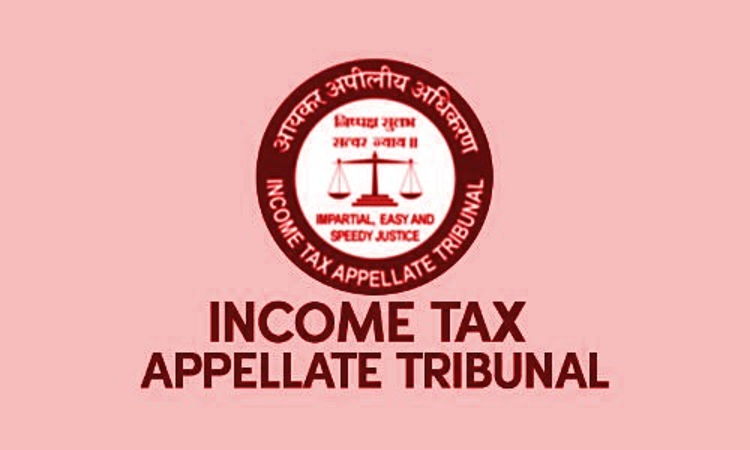Business Model Explains Mismatch Between Form 26AS And Actual Income: ITAT
Mariya Paliwala
12 July 2023 12:30 PM IST

Next Story
12 July 2023 12:30 PM IST
The Mumbai Bench of the Income Tax Appellate Tribunal (ITAT) has deleted the addition on the grounds that the business model explains the mismatch between Form 26AS and actual income.The bench of Sandeep Singh Karhail (Judicial Member) and Prashant Maharishi (Accountant Member) has observed that the income of the assessee is not the rental income but the income earned in the business of...
